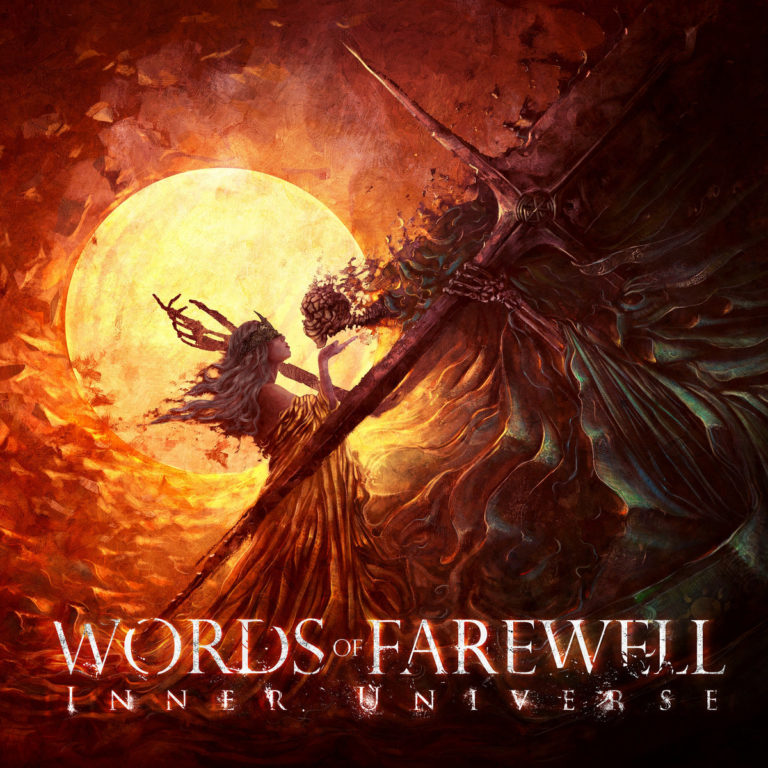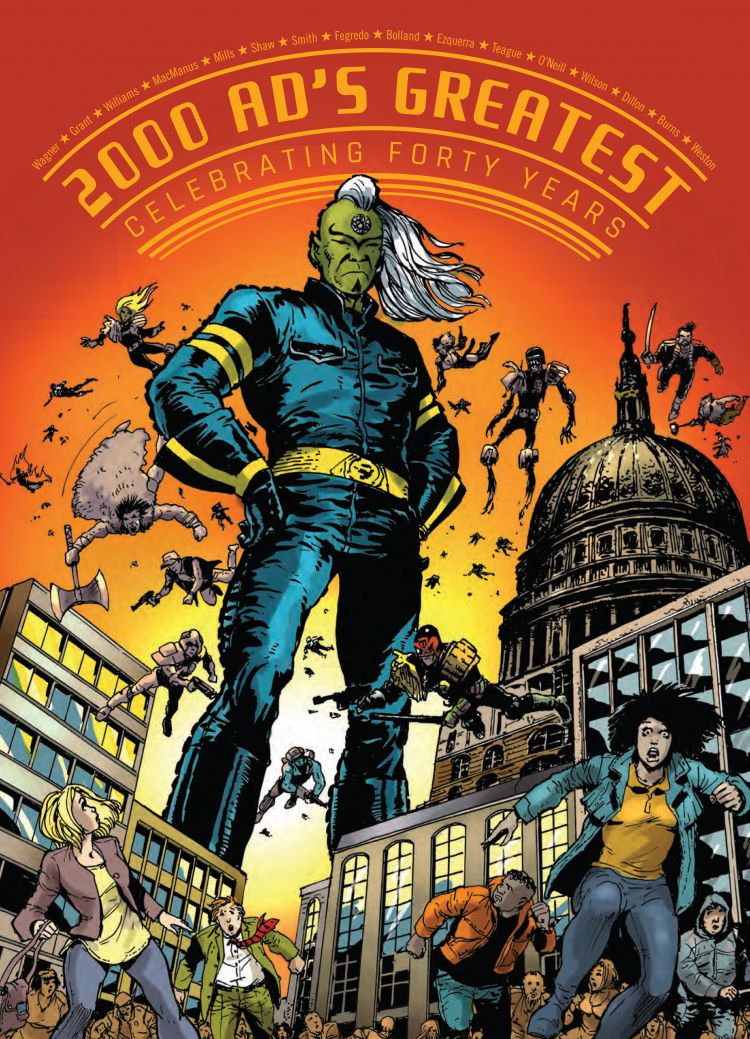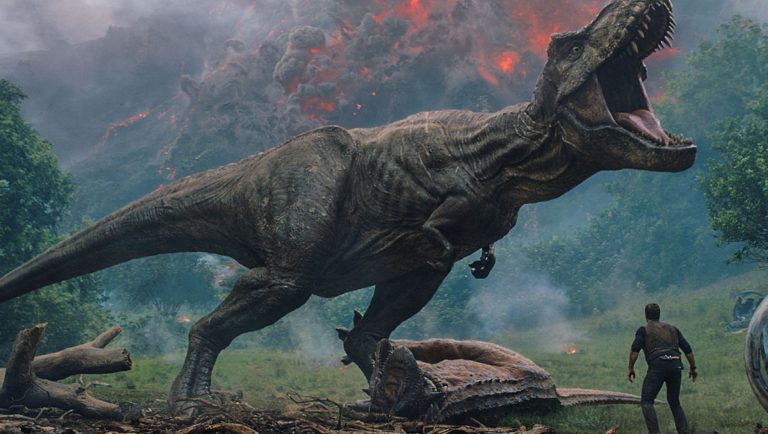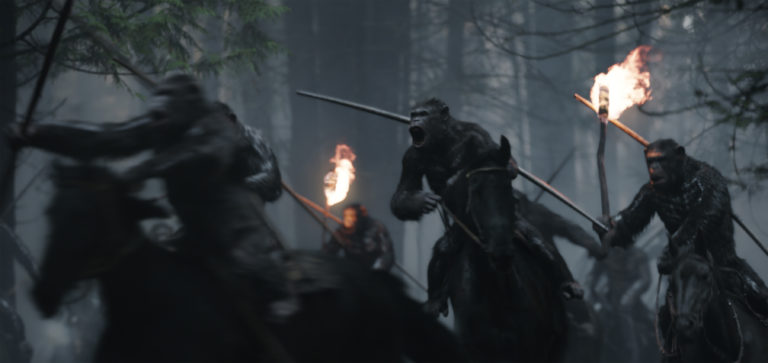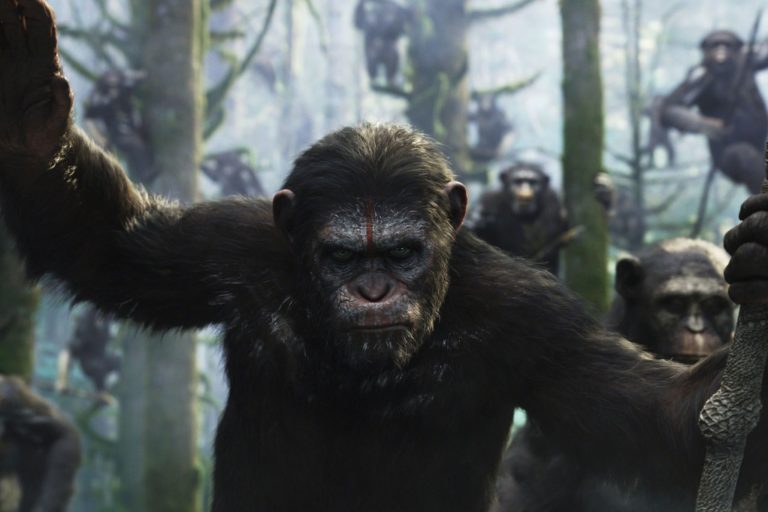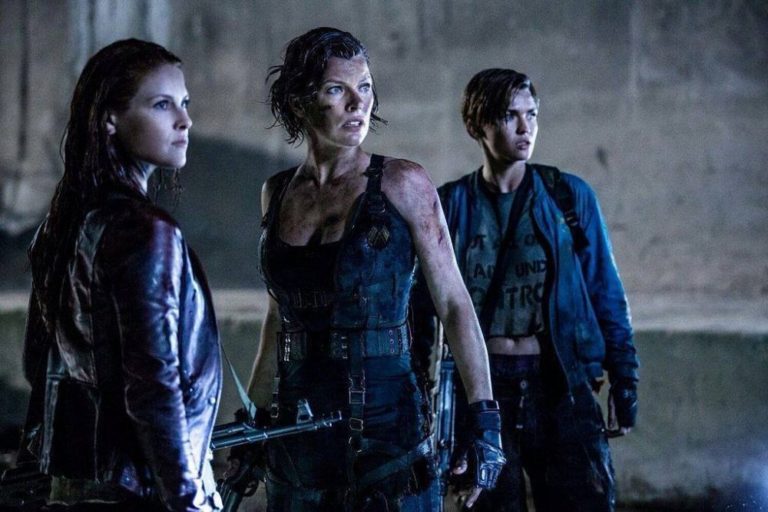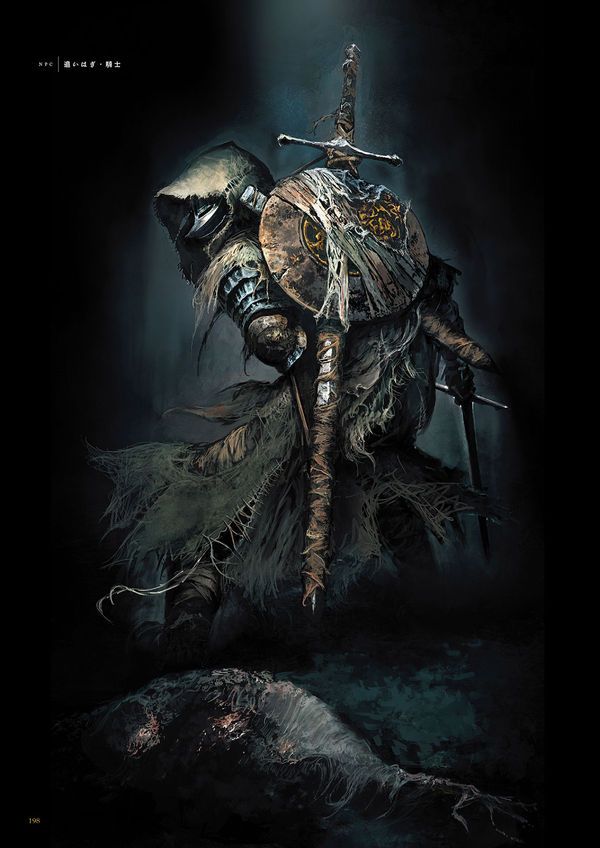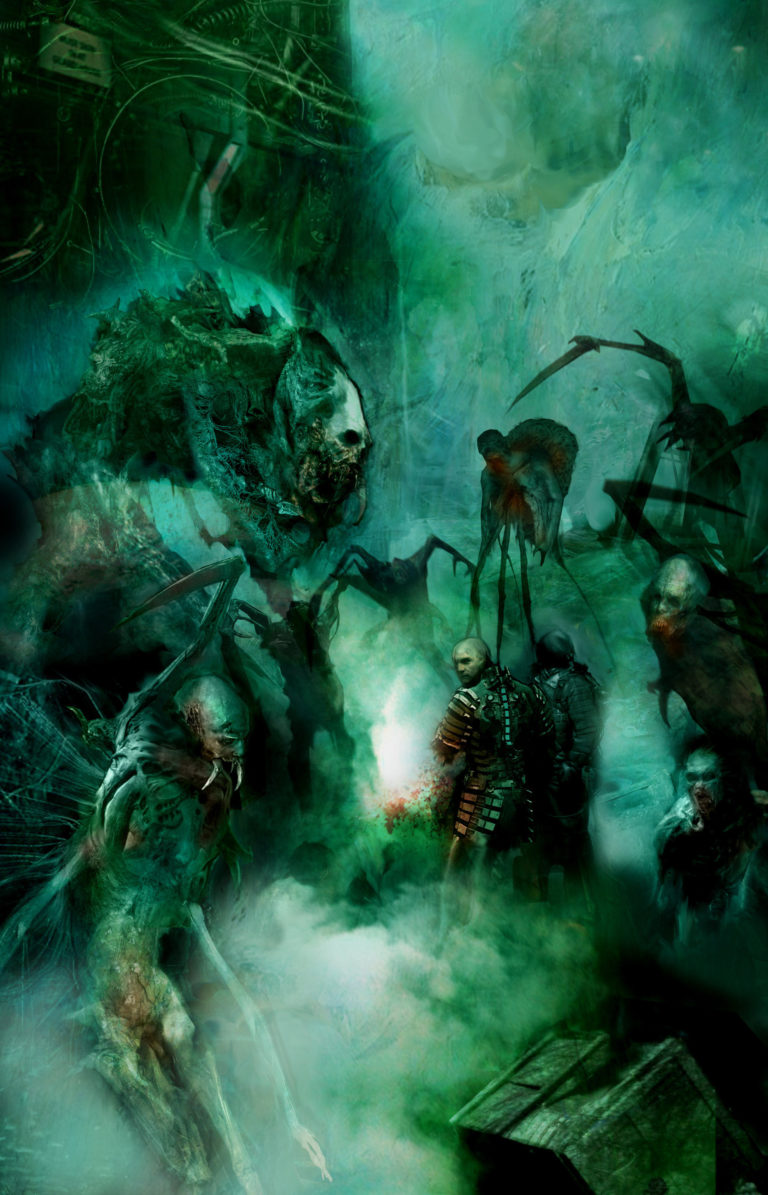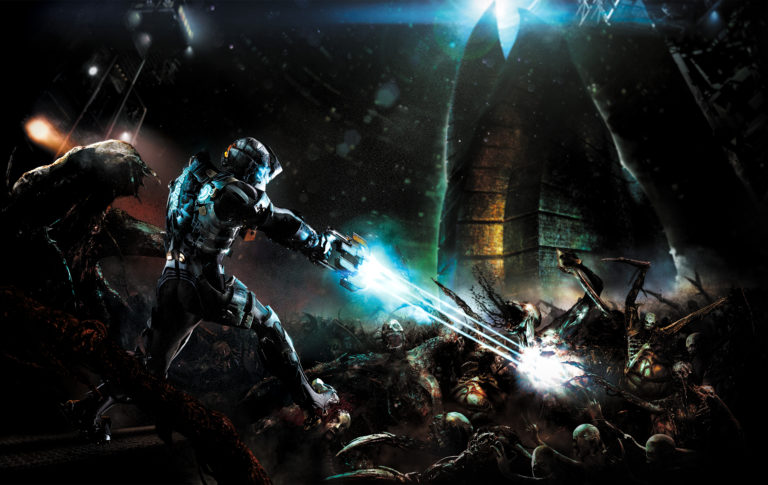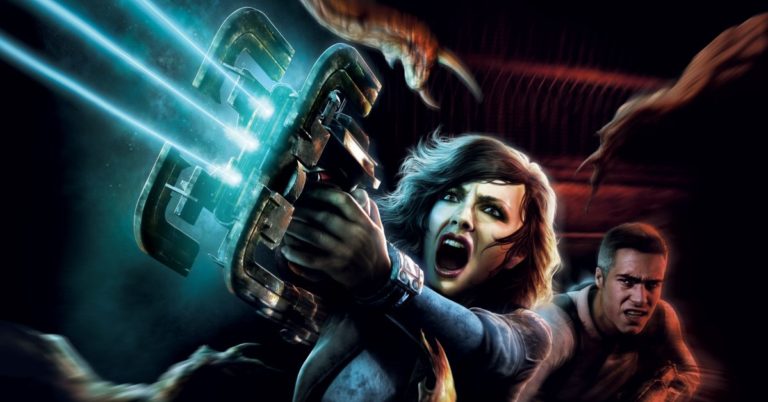So… 2020 has been a year. However, if there has been one positive for me, it’s that...
Year: 2020
I like checking in on the Humble Bundle store every once in a while, sometimes there are...
Welcome back to the Jurassic Park retrospective! In today’s post we’re going to talk about the most...
Welcome back to the Planet of the Apes retrospective! In today’s post we’re going to be looking...
Welcome back to the Planet of the Apes retrospective! In today’s post we’re going to be looking...
Welcome back to the Resident Evil retrospective! …yes, you read that correctly. It’s been more than seven...
It has been a while since I did a Pokemon Love/Hate and you may notice that there...
Like many a life-long nerd, I have played several roleplaying games over the years and have built...
From the very beginning Dead Space was conceived as a multi-media franchise. To that end it managed...
Man, I was being nice to this game back when I wrote my original review of it....
Welcome back to the next entry in the Dead Space Love/Hate series. Today we’re going to be...
For the second entry in the Dead Space Love/Hate series, we have Dead Space: Extraction, the shockingly...
Dead Space is one of my favourite video game franchises. It’s like it’s made to appeal to...
Hey everyone! Depending on when you read this, you may have noticed that things are looking a...
